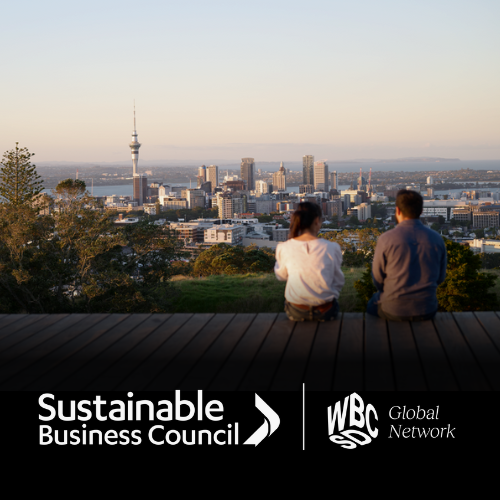Guest blog: The Budget is coming…
Is this just a normal budget with a better brand? How can a spreadsheet have feelings? James Walker from Porter Novelli looks at the the Government’s first “Wellbeing budget”.
It’s Budget week. Here’s my take on what’s coming Thursday.
This if the Government’s first “Wellbeing budget”. You might be asking questions like, is this just a normal budget with a better brand? How can a spreadsheet have feelings? Will there be outward displays of emotion from politicians that make me feel uncomfortable?
The answer might, in part, depend on your own politics. But this Budget is worth thinking about, because of what sits in behind it – an attempt to understand what drives human wellbeing over-time.
Introduction
Recent Governments in New Zealand have looked at economic growth (through GDP) as the primary measure of our country’s success. The long-held assumption is that if a country achieves solid economic growth, then people and the government are richer, which gives us all more choices.
In a speech on Friday the Prime Minister contended, “Economists and global institutions like the OECD have all noted that just because a country is doing well economically it doesn’t always follow that its people are doing well… Nobody wants to live in a country where, despite a strong economy, families are homeless, where our environment is being rapidly degraded and people with mental health issues do not receive the support they need, and where we have shocking levels of family violence and child poverty.”
That’s hard to disagree with. But you may also be thinking, Budgets have always invested in a range of public economic, social and environmental programmes. So what’s the difference this time?
The difference is that sitting in behind this Wellbeing Budget, is the Living Standards Framework. This Framework, developed by the boffins at Treasury, tries to identify a set of measures that define intergenerational wellbeing. The measures come under three pillars: our people, our country and our future.
This is the first version of the LSF Dashboard. Admittedly the app is not yet at the apex of user-friendly. However, behind all the graphs, charts and standard deviations are two key points: there are many factors that make-up an individual’s wellbeing (beyond income), and that investment choices made now impact future generations. If we know this you can make better investment choices through the Budget that have a positive impact on people, our society and the environment.
What are the Government’s priorities
Using the framework and the dashboard, the Government has arrived at five budget priorities, which they believe will, over-time, deliver enhanced national wellbeing:
- Creating opportunities for productive businesses, regions, iwi and others to transition to a sustainable and low-emissions economy;
- Supporting a thriving nation in the digital age through innovation, social and economic opportunities;
- Reducing child poverty and improving child wellbeing, including addressing family violence;
- Supporting mental wellbeing for all New Zealanders, with a special focus on under 24-year-olds; and
- Lifting Māori and Pacific incomes, skills and opportunities.
Expect the headline announcements on Thursday to deliver on the priorities above. With the Zero Carbon Bill in parliament, and a transition to a low emissions economy, expect investment in the ‘just transition’, including for agriculture. There have been some pre-budget announcements around addressing homelessness and supporting victims of family and sexual violence. Expect investments in infrastructure too.
Economic revolution?
Despite the wellbeing framing, I’m not anticipating economic revolution on Friday. All budgets have limits, there’s only so much money to go around. There’s also political thresholds.
Many of the issues being targeted are long-term, entrenched and complicated. (So Mr Robertson has said he wants to extend his credit limit).
However, it does add to the national conversation about investing in longer-term outcomes. The second national climate protest by school kids is a very live example of this intergenerational debate.
The numbers
The IMF predicts that New Zealand will grow at 2.9% next year, which is ahead of many comparable economies. However, there are global ‘head-winds’, including a China-USA trade-barney, slowing US domestic growth, and Brexit reverberations.
It remains true, undoubtedly, that a healthy economy enables investment in long-term wellbeing.
Relevance to business and sustainability
This conversation at a national level, is not dissimilar to the conversations happening in companies around New Zealand. Purpose-led businesses and social enterprises, for example, actively seek out positive impact on society and the environment. Almost all businesses acknowledge they have a broad role in society, more than just making a profit. In this sense, the thinking behind the budget is not new to business.
The Living Standards Dashboard and the Framework also provide another lens for looking at sustainability: how do the Government’s investment priorities align to your own?
James Walker, Executive Director – Sustainability, Porter Novelli
E [email protected] M 021 087 31028
W www.porternovelli.kiwi
Contact: James Walker, Porter Novelli
Phone:
Email:

